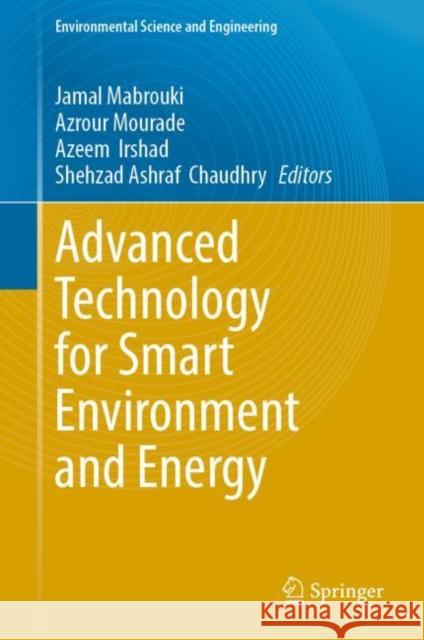Advanced Technology for Smart Environment and Energy » książka
Advanced Technology for Smart Environment and Energy
ISBN-13: 9783031256615 / Angielski
Advanced Technology for Smart Environment and Energy
ISBN-13: 9783031256615 / Angielski
(netto: 498,38 VAT: 5%)
Najniższa cena z 30 dni: 462,63
ok. 22 dni roboczych
Dostawa w 2026 r.
Darmowa dostawa!
This book presents smart energy management in the context of energy transition. It presents the motivation, impacts and challenges related to this hot topic. Then, it focuses on the use of techniques and tools based on artificial intelligence (AI) to solve the challenges related to this problem. A global diagram presenting the general principle of these techniques is presented. Then, these techniques are compared according to a set of criteria in order to show their advantages and disadvantages with respect to the conditions and constraints of intelligent energy management applications in the context of energy transition. Several examples are used throughout the white paper to illustrate the concepts and methods presented.An intelligent electrical network (smart grid—SG) includes heterogeneous and distributed electricity production, transmission, distribution and consumption components. It is the next generation of electricity network able to manage electricity demand (consumption/production/distribution) in a sustainable, reliable and economical way taking into account the penetration of renewable energies (solar, wind, etc.). Therefore, a (SG) smart grid also includes an intelligent layer that analyzes the data provided by consumers as well as that collected from the production side in order to optimize consumption and production according to weather conditions, the profile and habits of the consumer. In addition, this system can improve the use of green energy through renewable energy penetration and demand response.
This book presents smart energy management in the context of energy transition. It presents the motivation, impacts and challenges related to this hot topic. Then, it focuses on the use of techniques and tools based on artificial intelligence (AI) to solve the challenges related to this problem. A global diagram presenting the general principle of these techniques is presented. Then, these techniques are compared according to a set of criteria in order to show their advantages and disadvantages with respect to the conditions and constraints of intelligent energy management applications in the context of energy transition. Several examples are used throughout the white paper to illustrate the concepts and methods presented. An intelligent electrical network (smart grid—SG) includes heterogeneous and distributed electricity production, transmission, distribution and consumption components. It is the next generation of electricity network able to manage electricity demand (consumption/production/distribution) in a sustainable, reliable and economical way taking into account the penetration of renewable energies (solar, wind, etc.). Therefore, a (SG) smart grid also includes an intelligent layer that analyzes the data provided by consumers as well as that collected from the production side in order to optimize consumption and production according to weather conditions, the profile and habits of the consumer. In addition, this system can improve the use of green energy through renewable energy penetration and demand response.











